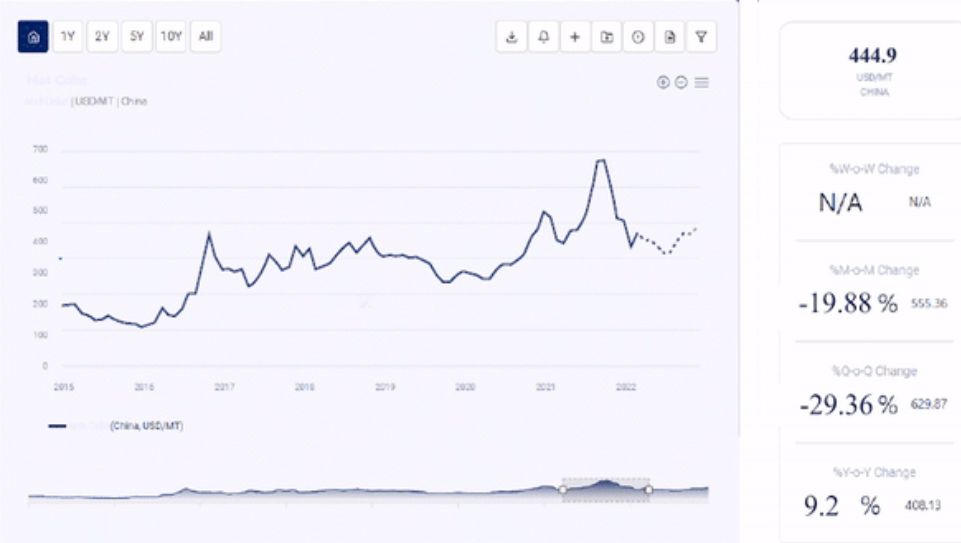In a bid to revolutionize agricultural practices and enhance crop yield, a comprehensive Super Phosphate Production Cost Analysis Report has been unveiled, shedding light on the intricate processes and cost dynamics within the industry. This groundbreaking report offers invaluable insights into the procurement, production, and market landscape of super phosphate, a crucial component in modern agriculture.Request For Sample: https://www.procurementresource.com/production-cost-report-store/super-phosphate/request-sampleProcurement...
Tuesday, May 7, 2024
Monday, May 6, 2024

In Asia for Q1 2023, maleic acid prices rose due to increased feedstock maleic anhydride costs and disrupted supply chains. The Lunar New Year holiday and growing intercontinental demand further supported the trend. However, Q2 saw a sharp price decline due to economic fluctuations and decreased end-user demand, coupled with constrained supply. In Europe, Q1 and Q2 experienced...
 5:43 AM
5:43 AM Leo Frank
Leo Frank No comments
No comments
.png)
Embark on a journey into the intricate world of zinc cyanide production cost, where chemical synthesis meets economic dynamics and sustainability aspirations. Zinc cyanide, an enigmatic compound with diverse industrial applications, holds the promise of efficiency and functionality, yet conceals within its production process a tapestry of factors shaping its cost, economic...
 5:01 AM
5:01 AM Indexing Space
Indexing Space No comments
No comments
The latest report titled “Nitrocellulose Production Cost” by Procurement Resource, a global procurement research and consulting firm, provides an in-depth cost analysis of the production process of Nitrocellulose.Procurement Resource study is based on the latest prices and other economic data available. It also offers additional analysis of the report with detailed breakdown of all cost components (capital investment details, production cost...
 4:50 AM
4:50 AM Indexing Space
Indexing Space No comments
No comments
The latest report titled “Diisononyl Phthalate Production Cost” by Procurement Resource, a global procurement research and consulting firm, provides an in-depth cost analysis of the production process of Diisononyl Phthalate.Procurement Resource study is based on the latest prices and other economic data available. It also offers additional analysis of the report with detailed breakdown of all cost components (capital investment details, production...
The global market for trinitrotoluene (TNT) production has been a pivotal sector in the chemical industry, driving innovation and infrastructure development worldwide. Today, a groundbreaking report titled "Trinitrotoluene Production Cost Analysis Report" offers unparalleled insights into the production processes and associated costs of TNT, empowering businesses with essential data for strategic decision-making.Request For Sample: https://www.procurementresource.com/production-cost-report-store/trinitrotoluene/request-sampleTrinitrotoluene...
Friday, May 3, 2024
 5:00 AM
5:00 AM Indexing Space
Indexing Space No comments
No comments
The latest report titled “Sodium Palmitate Production Cost” by Procurement Resource, a global procurement research and consulting firm, provides an in-depth cost analysis of the production process of Sodium Palmitate.Procurement Resource study is based on the latest prices and other economic data available. It also offers additional analysis of the report with detailed breakdown of all cost components (capital investment details, production...
Subscribe to:
Posts (Atom)










%20Price%20Trend.png)


